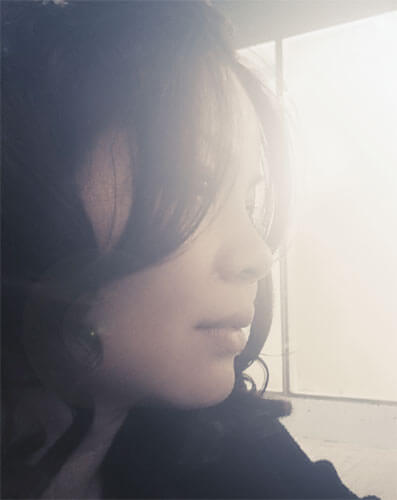Fang Tong is an awarded-winning photographer based in Vancouver Canada. In 2015, she won first prize in the Nikon International Photography Competition. She had an interview with Canada Broadcasting Corporation CBC Arts in 2019. Fang Tong had solo and group shows in cities such as Paris, Sicily, Budapest, Barcelona, London, Shanghai, and Vancouver.
Fang Tong is a cinematic-style photographer, as a spectator of life. Her works are embedded with an implied narrative, which is left to the viewer to resolve over time with their own imagination. Reflecting her background in classical art, photography is carefully planned to control the frame and the expression of details, giving her work an ethos of a painter. As a bystander, Fang Tong captures the potential that photography can embody pieces with an eternal quality, thereby creating a slightly fictional world that resembles reality but transcends consciousness. Fang Tong’s passion is for her work to border on the surreal, yet hold back enough to keep it firmly in the real world. Her photos provoke audiences to create a narrative out of cinematic pictures. There may be no clearly defined story behind the scene, but there is a strong mood and atmosphere throughout the whole image. The imaginary world is strangely familiar while the narrative arc takes audiences on a hyper-visual ride through people's subconsciousness. She nurtures the balance between the real and the surreal that pulls her audiences into the world she created, but she also allows the audience to discover their own answers.
